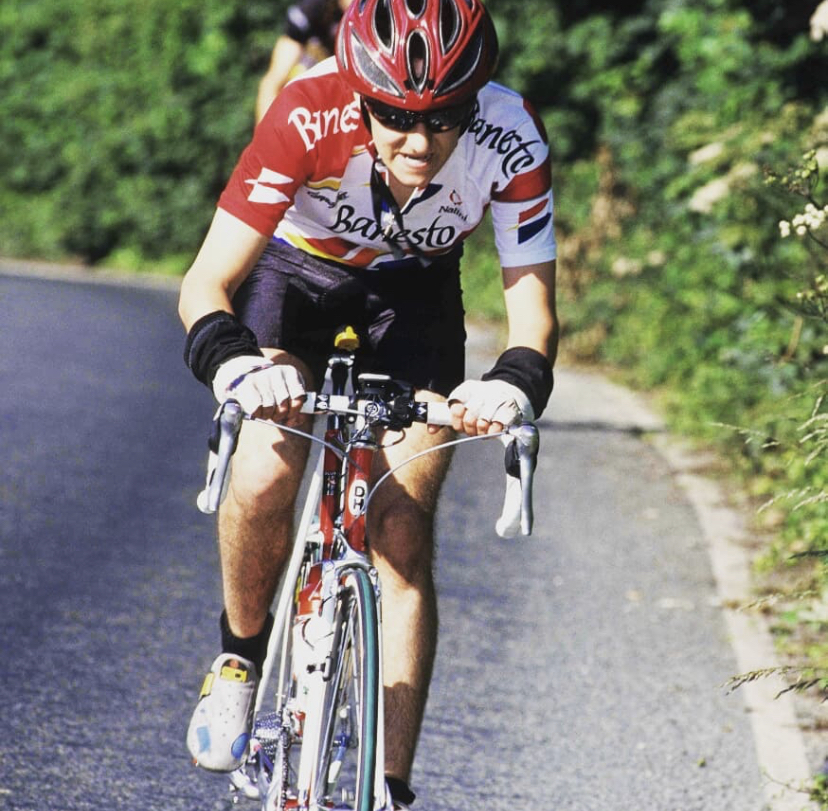Mike Sinyard: It’s all about the dirt
Specialized founder on the gravel boom, the RockCombo and comparisons to the early days of mountain biking
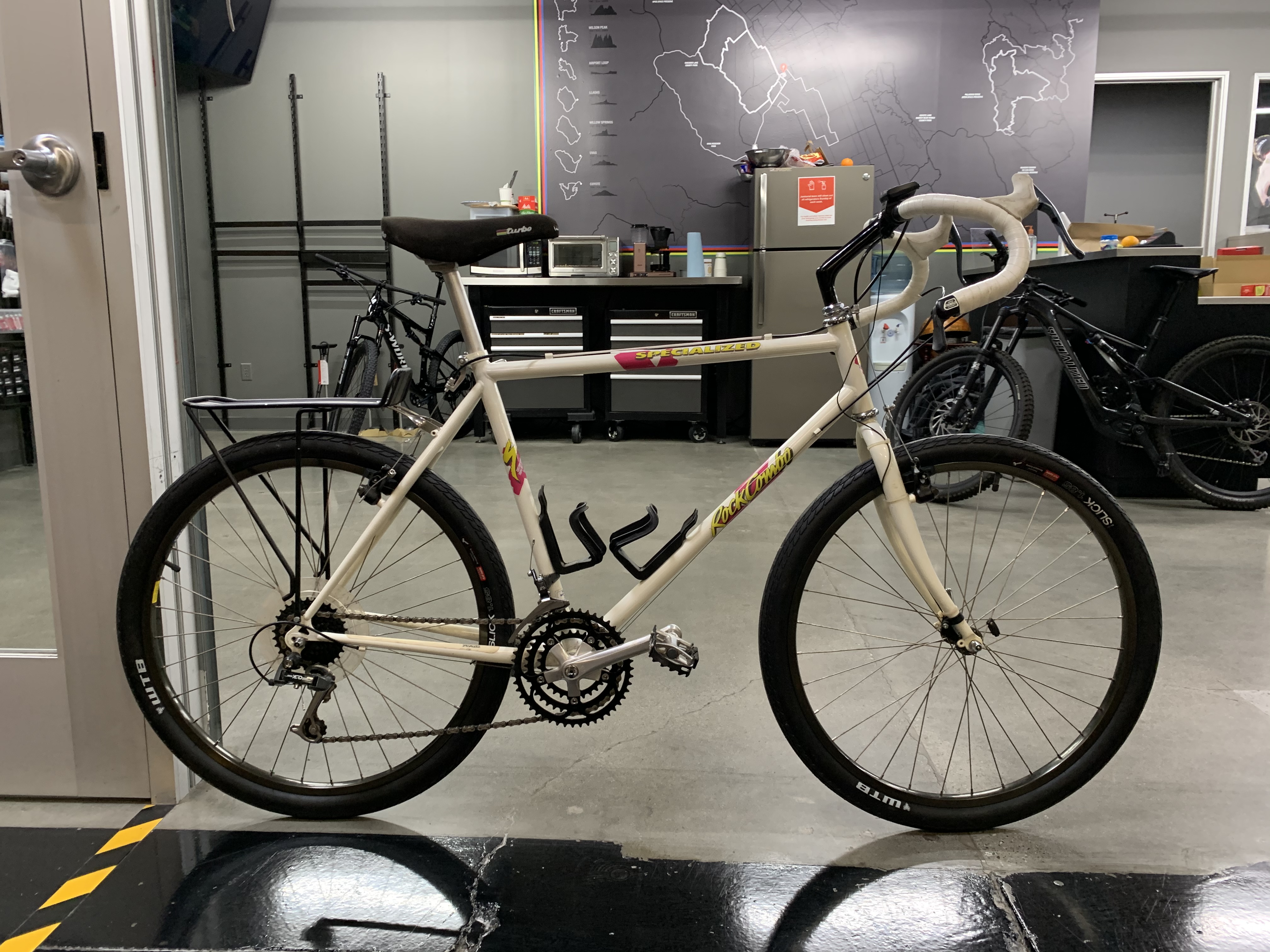
In the 1970s Mike Sinyard founded his bicycle empire on the back of his love for handcrafted European components. He would go on to become one of the most influential individuals in the cycling industry and usher in groundbreaking developments in tires and mountain biking and while the sport has moved in the decades since, the Specialized founder can see plenty of parallels between the halcyon days of mountain biking and the more recent explosion of gravel riding.
“I think the reason why gravel racing and riding has taken off so much is that it’s so much fun. It’s as simple as that,” he tells Bike Perfect from his home in the US.
“It arches back to the early days of the mountain biking too when people would take up riding simply for the love of it. Sure, there was a competitive aspect to early mountain biking too, but even that had a light-spirited aspect to it. Especially when you compare it to the road but there are some important driving forces behind the growth of gravel,” he says.
“There’s a huge drive for people to get back to nature. Lockdown and COVID are part of that, especially when you then bring in the environmental aspects. I think I’ve driven my car a handful of times in the last year and it’s really made me question whether or not I need a car in the first place. This whole thing has been convergence on nature, on possibilities, and on adventure. People still want performance from their bicycle but you can still get all that and it doesn’t sacrifice anything."
“I think for a lot of people it’s about getting off the roads and avoiding all the buzzing from cars. Riding off-road, it’s like an adventure. Adding to that, you’ve got people who are looking for a bike that can do anything and a gravel bike gives them that. They can commute, ride on the road, and then head off to the dirt.”
Back in the 1980s, around the time Specialized launched their flagship Stumpjumper, Sinyard and his colleagues began toying with the idea of creating a bike that could seamlessly traverse from the road and onto the dirt.
Little did they know but they were designing what can now be described as an early blueprint of a gravel bike. Back then, technology wasn’t at the level it is now but by 1989 the designers at Specialized had come up with the RockCombo – a bike that legend Ned Overend once described as a ride that could 'truly go anywhere and do anything'.
- Best gravel bikes: drop bar offroaders for racing and exploring
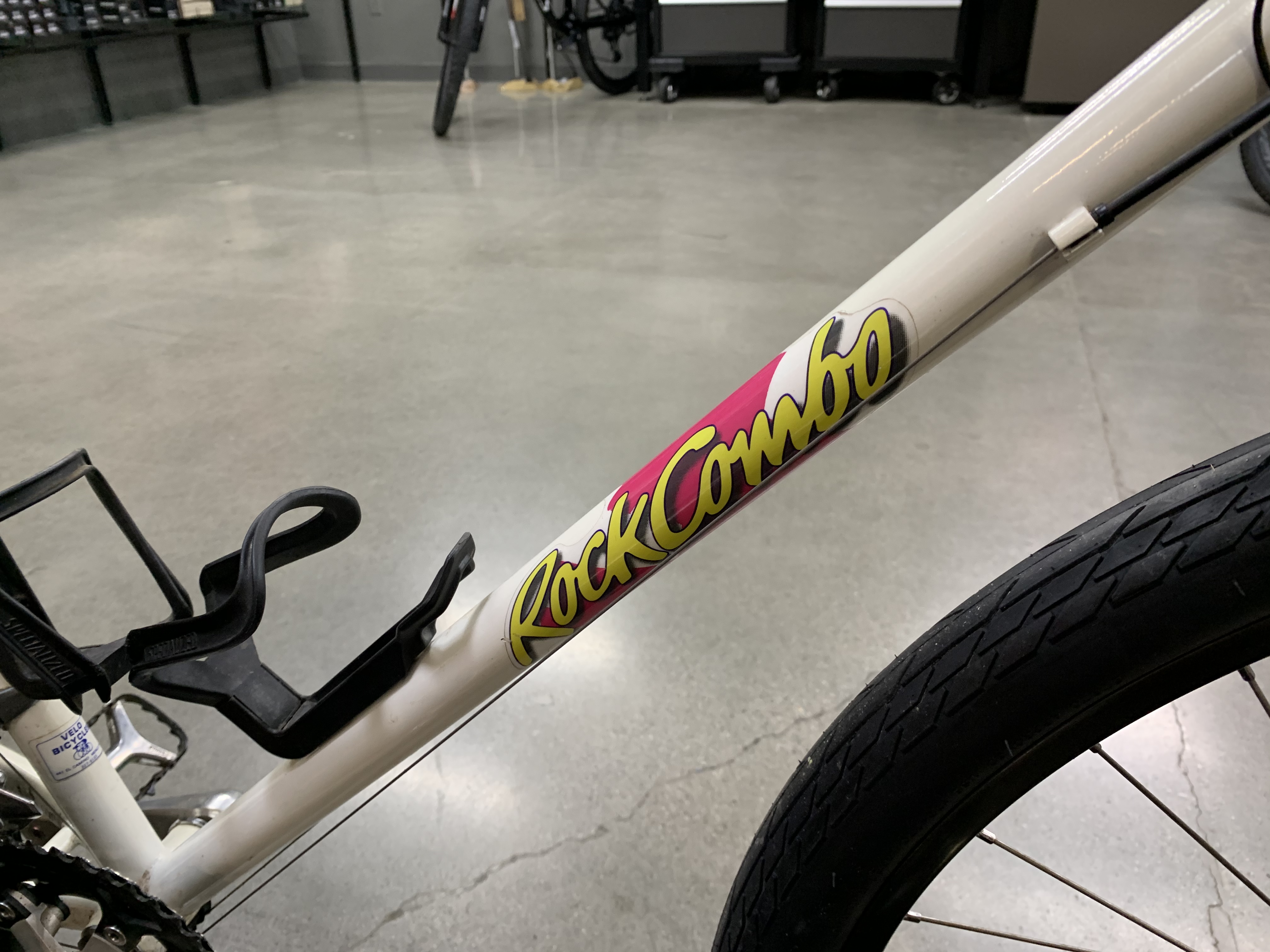
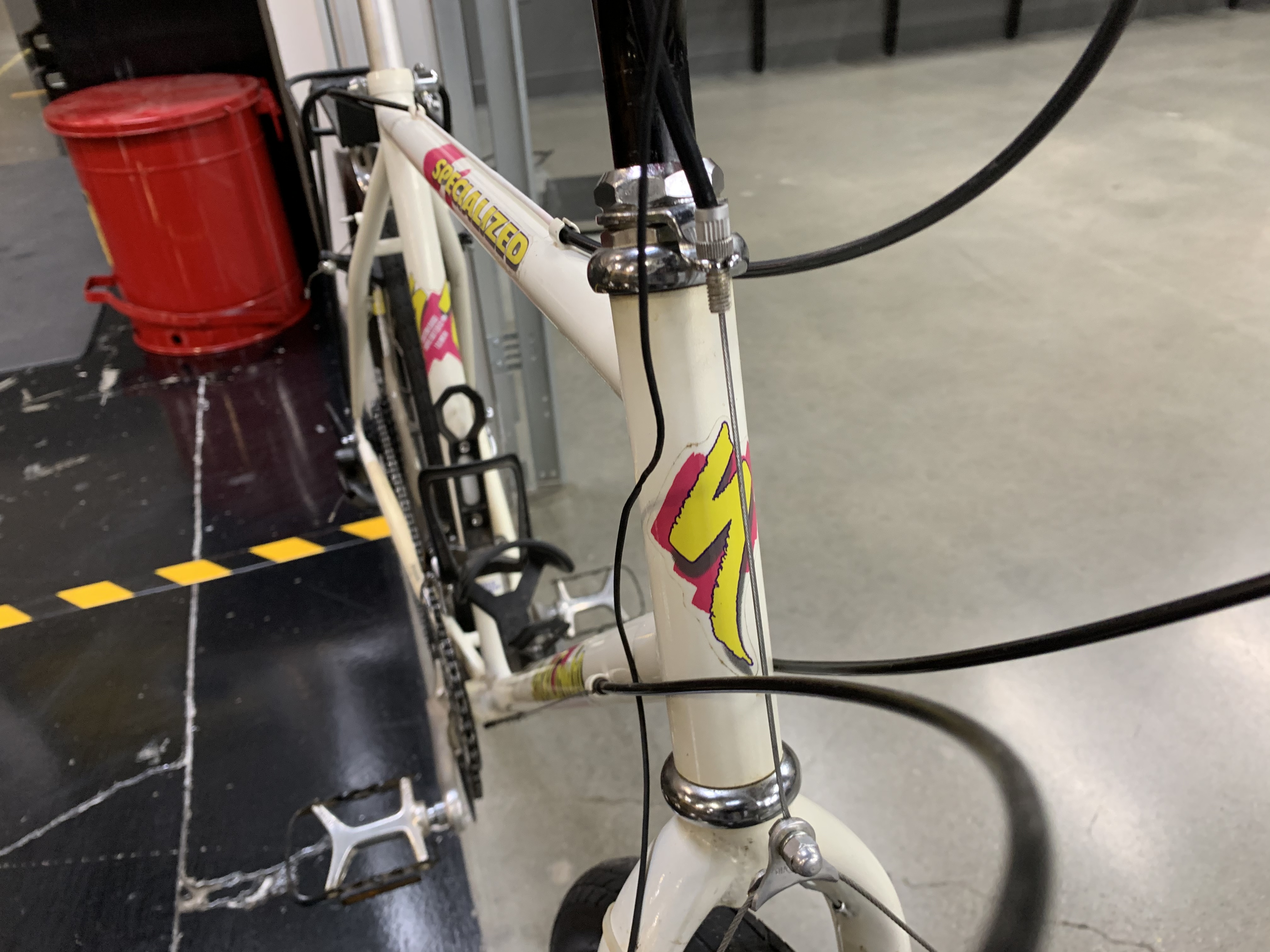
The bike meshed mountain bike tech at the time with tweaked geometry, ATB drop bars, bar-end shifters, seven-speed index shifting, 32 spoke wheels, and a triple-butted chromoly frame, and although the final product failed to sell in large quantities, the ethos behind the RockCombo can be seen in Specialized recent incarnation of the gravel bike, the Diverge.
“People had really taken to the mountain bike and that was going really well,” Sinyard says when recalling the scene in the 1980s.
“Then we had the RockCombo. Some really loved it but some others really questioned why we’d developed a bike that could go on and off-road. We felt it worked well, and the drop bars, which are great for handling and power gave riders an option but ultimately the bike wasn’t successful. "People were so into the mountain bike that they questioned what we were doing and it wasn’t either fish or meat, so they just didn’t like it. We still loved it though and felt that it was super efficient."
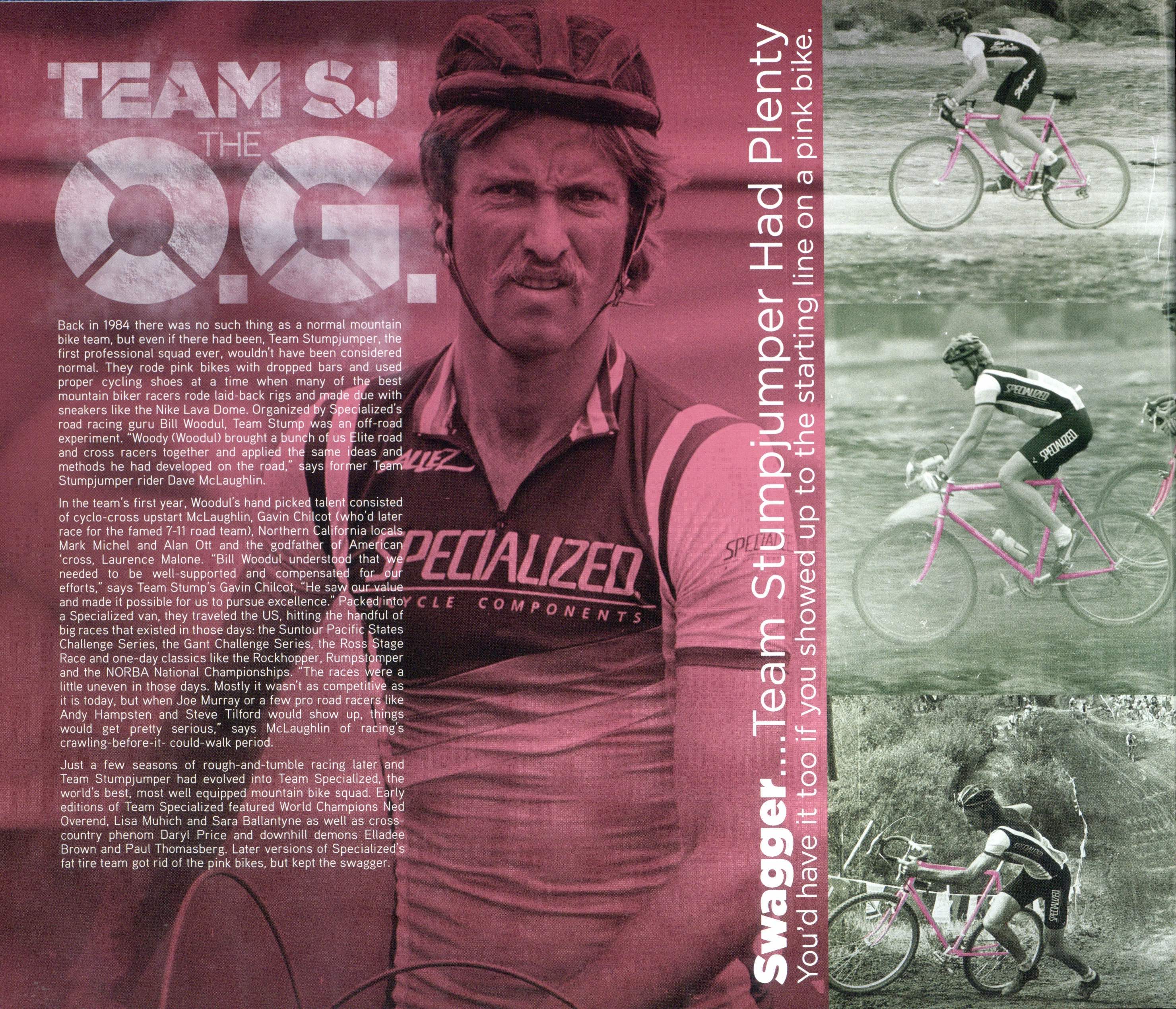
Part of the reason why the RockCombo never took hold and went mainstream, according to Sinyard, was down to the fact that cycling was far more polarized back then. Riders were either mountain bikers or roadies, and there wasn’t much room in between.
“But we felt that we were creating something special and that we were doing was pretty revolutionary at the time."
“We took a mountain bike with flat bars and we knew instantly that the geometry wasn’t right and that we couldn’t just put drop bars on. We had to make a whole new bike but even the first race mountain bike that we made was a bit like a road bike but with big old fat tires on. That was pretty effective in the beginning and ahead of the times but for the Rockcombo we reinvented the geometry. It was ahead of its time.”
While the RockCombo was eventually shuttered and Specialized focused more on traditional mountain biking and their expansion into the European pro road scene, the American brand eventually returned to the expanding gravel scene with their Diverge, and Sinyard can see comparisons between the early mountain bike days and the current gravel scene.
“Back in the day when we used to mountain bike, we’d always say that it wasn’t about who got there first but who got there first and had the most fun. I think some of that character is coming through into gravel,” he says.
“I look at all these races and events popping up in gravel and I think that they’re just fantastic. I think that as long as they keep true to their nature and keep that fun aspect to them then the sport should really blossom. In the cycling world, we tend to make things too hard, because we’re always pushing the limit with distance and watts, and that’s great, but we need to let more people in and gravel can do that. Like mountain biking did. The mountain bike opened things up for young and old, and the gravel bike can do the same thing. It’s all about the dirt.”
Daniel Benson is a former Editor-in-Chief of both Cyclingnews and Bike Perfect. Based in Oxfordshire, he has covered the Tour de France 13 times and also reported from the 2012 Olympic Games in London. His career as a journalist has taken him to the Tour Down Under in Australia, major world championships, and races in every continent since he began on Cyclingnews all the way back in 2008. Daniel runs the editorial teams across Cyclingnews and Bike Perfect and plans race coverage across road, track, cyclo-cross, mountain biking, and now gravel. A recreational cyclist at best he has dragged himself through several marathons and two Ironman competitions.
Rides: Pinarello, Cinelli, and Cannondale
